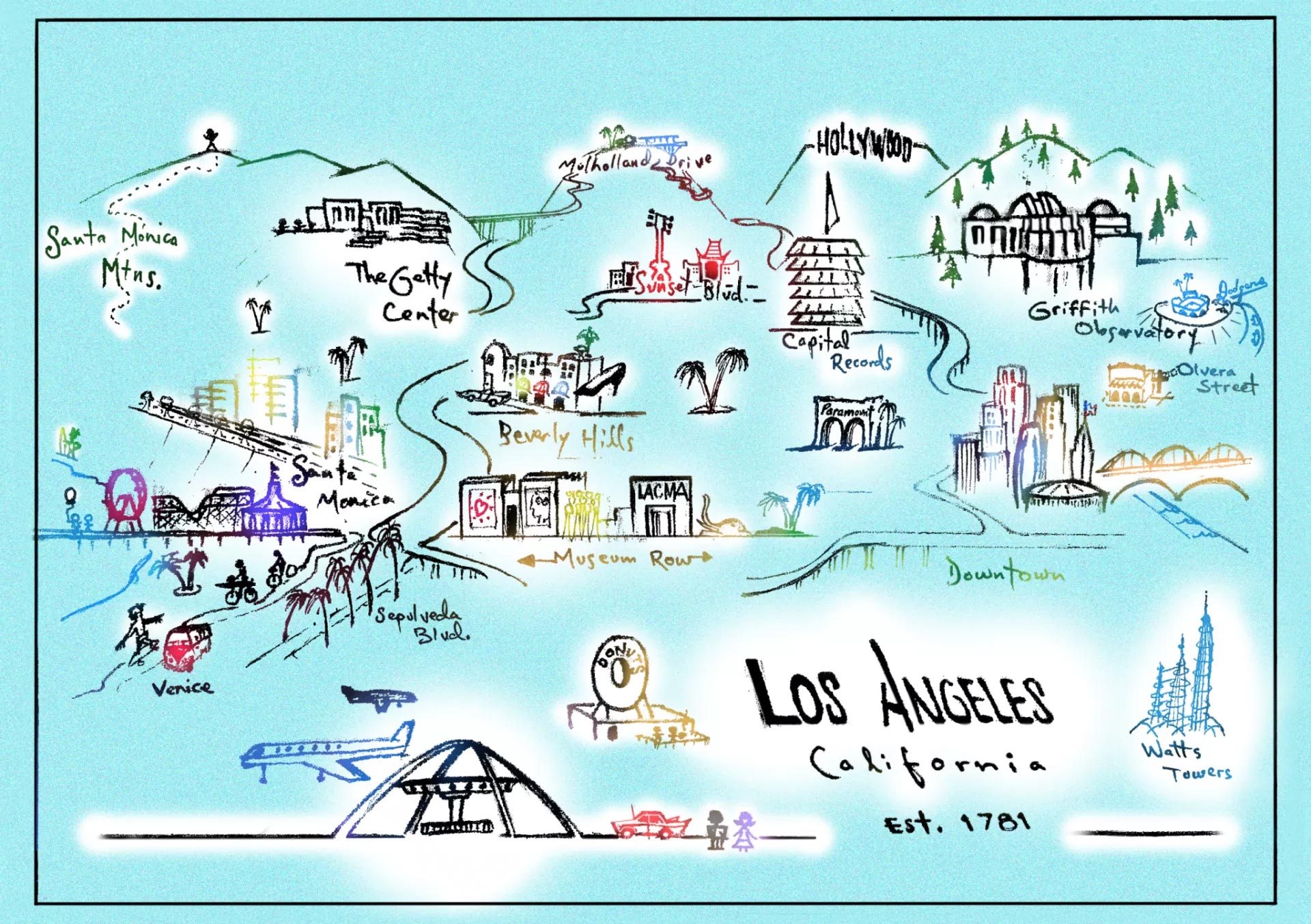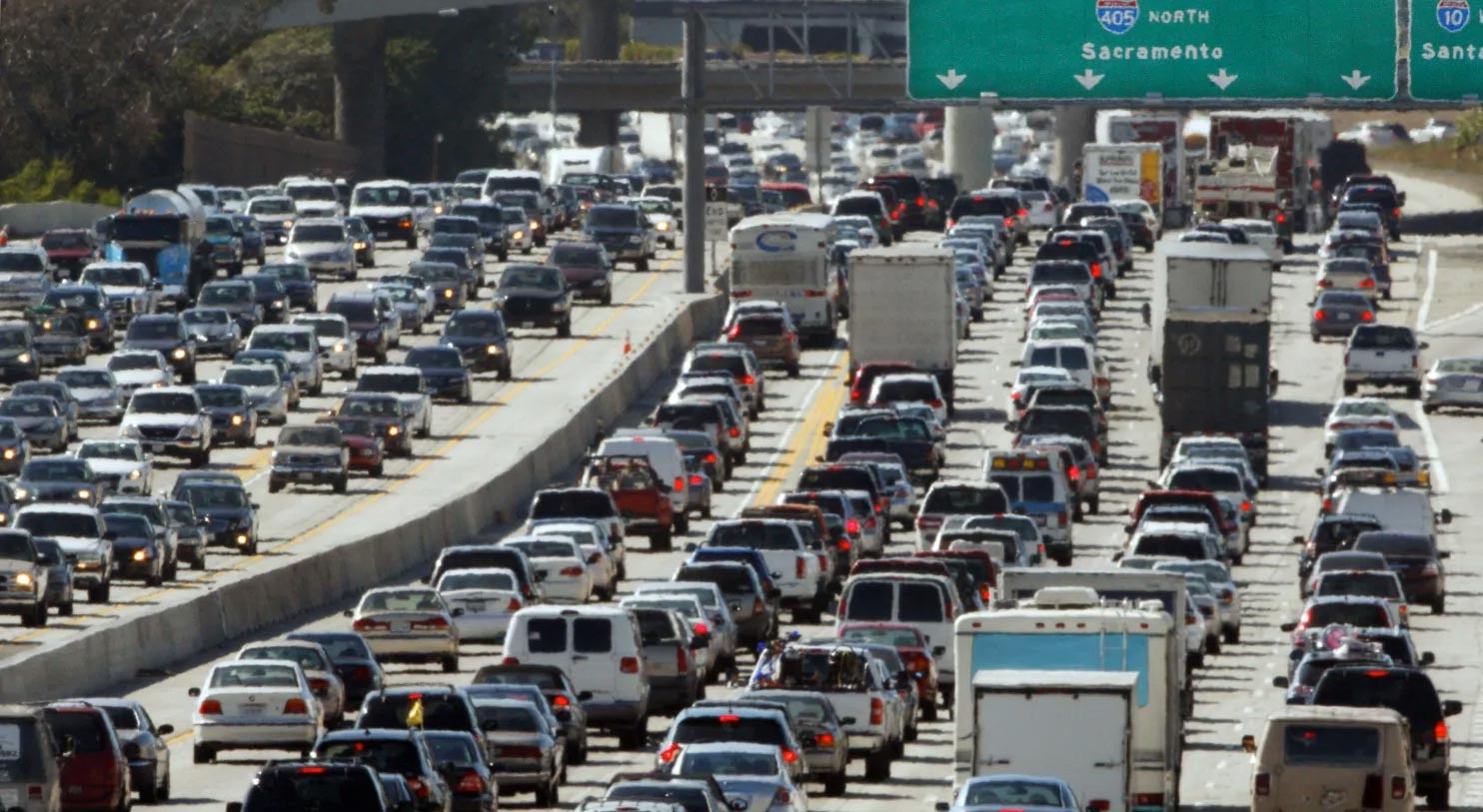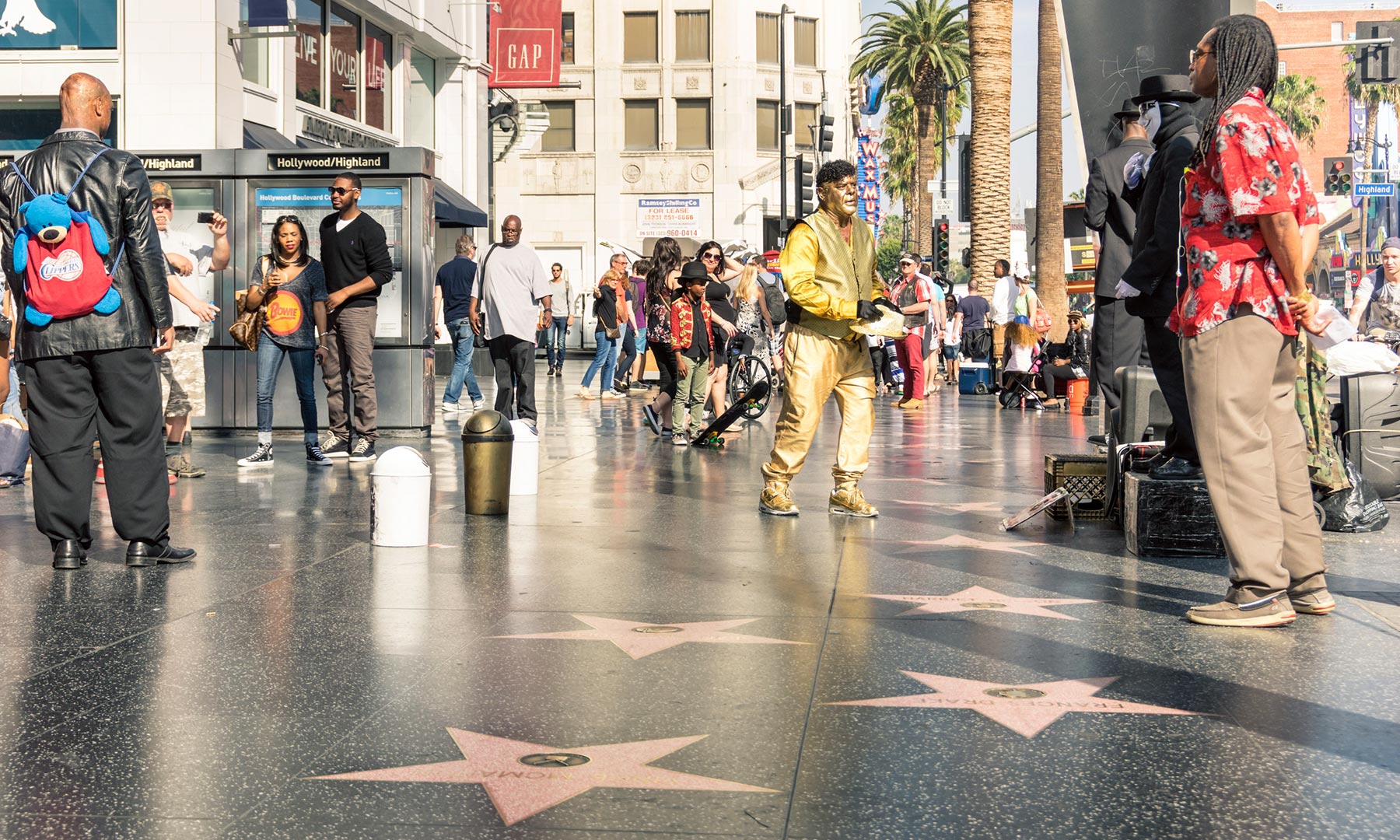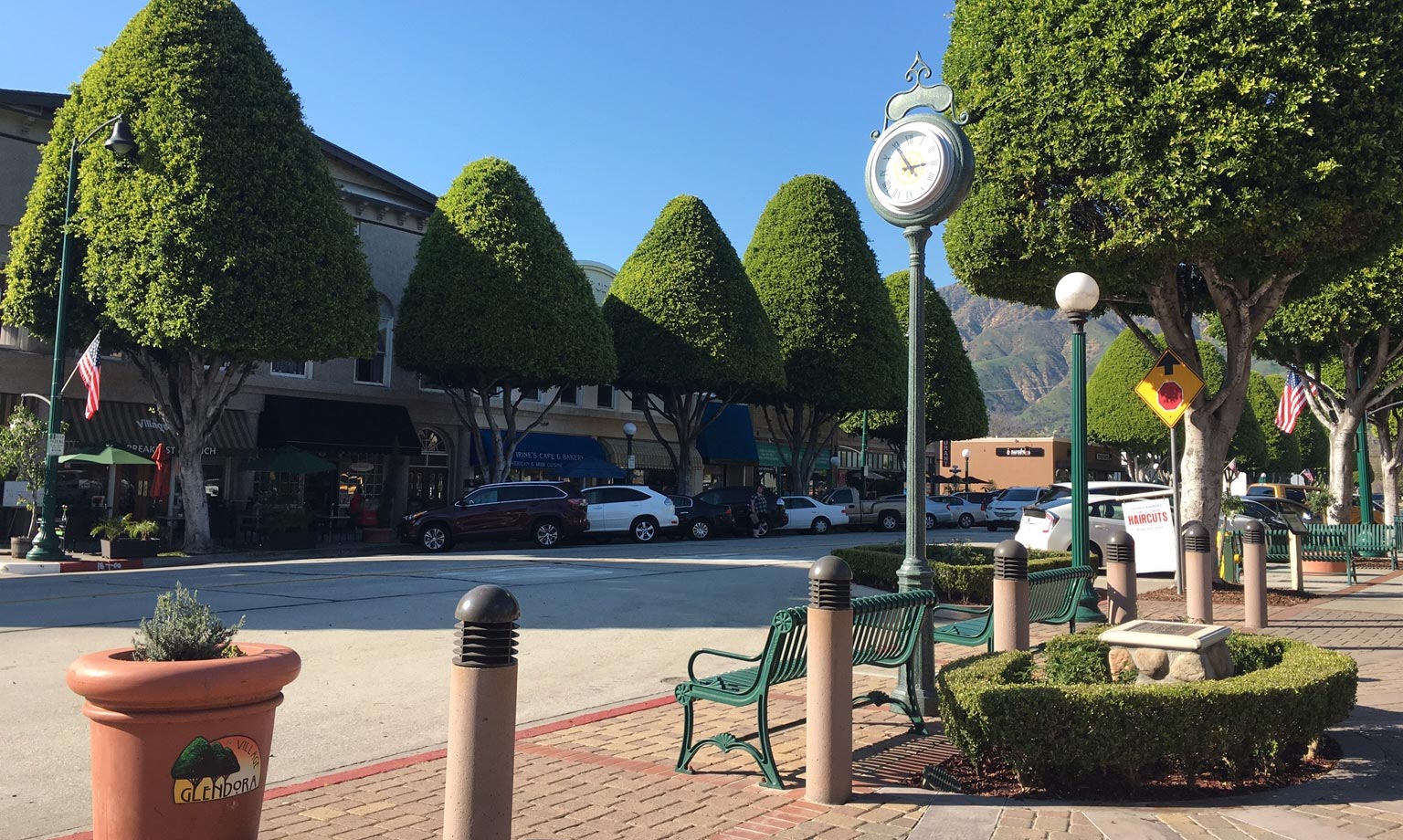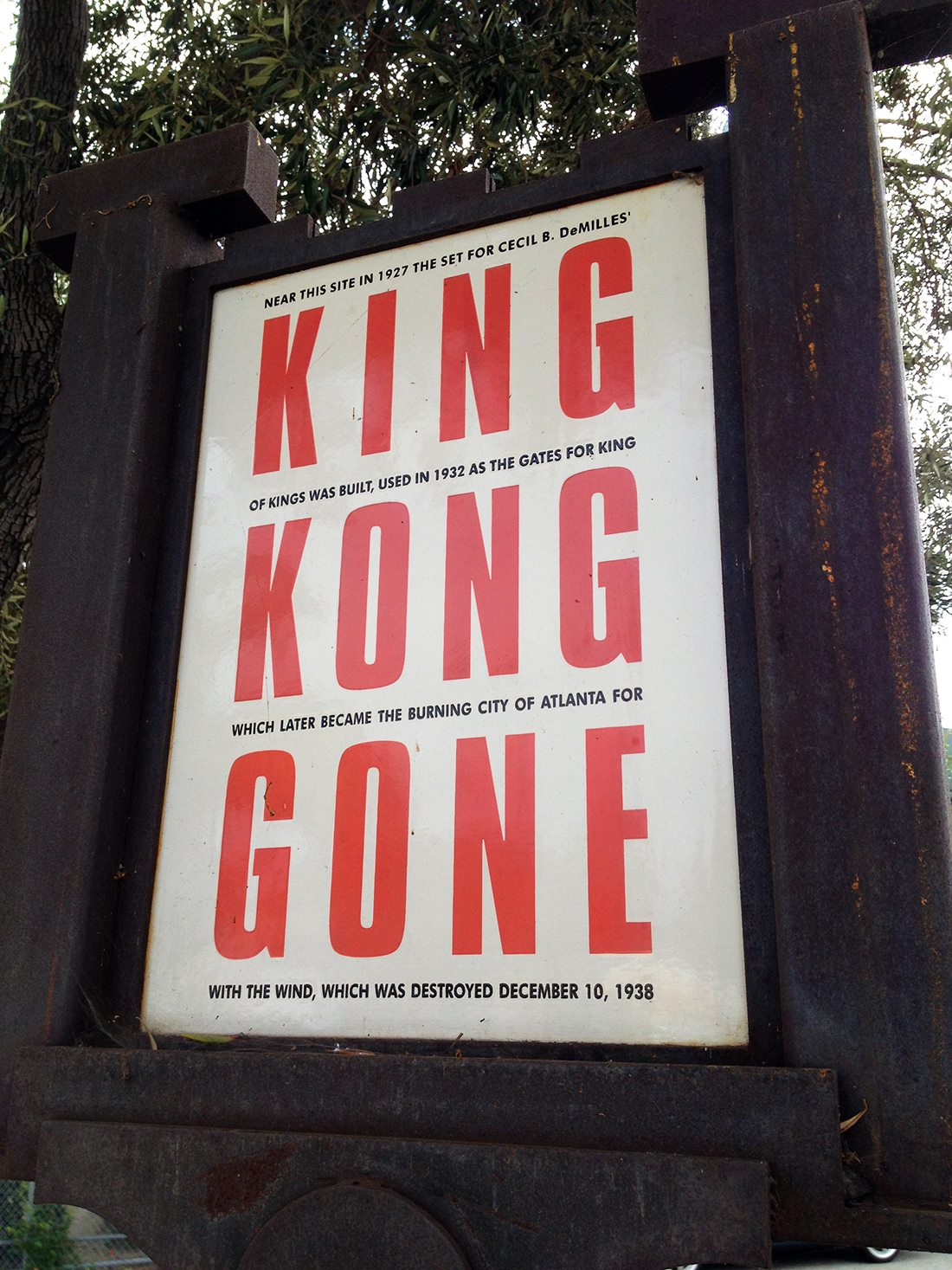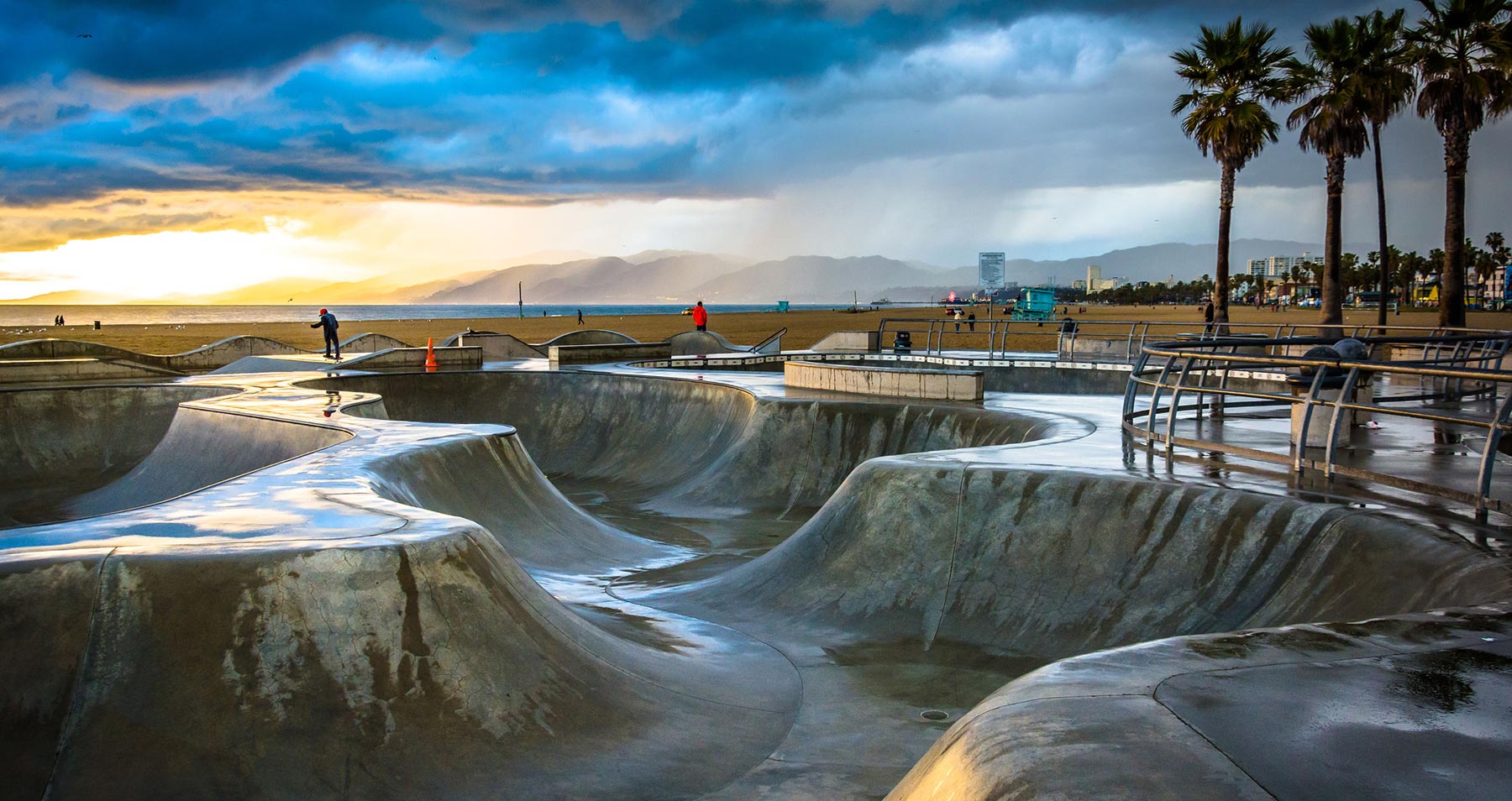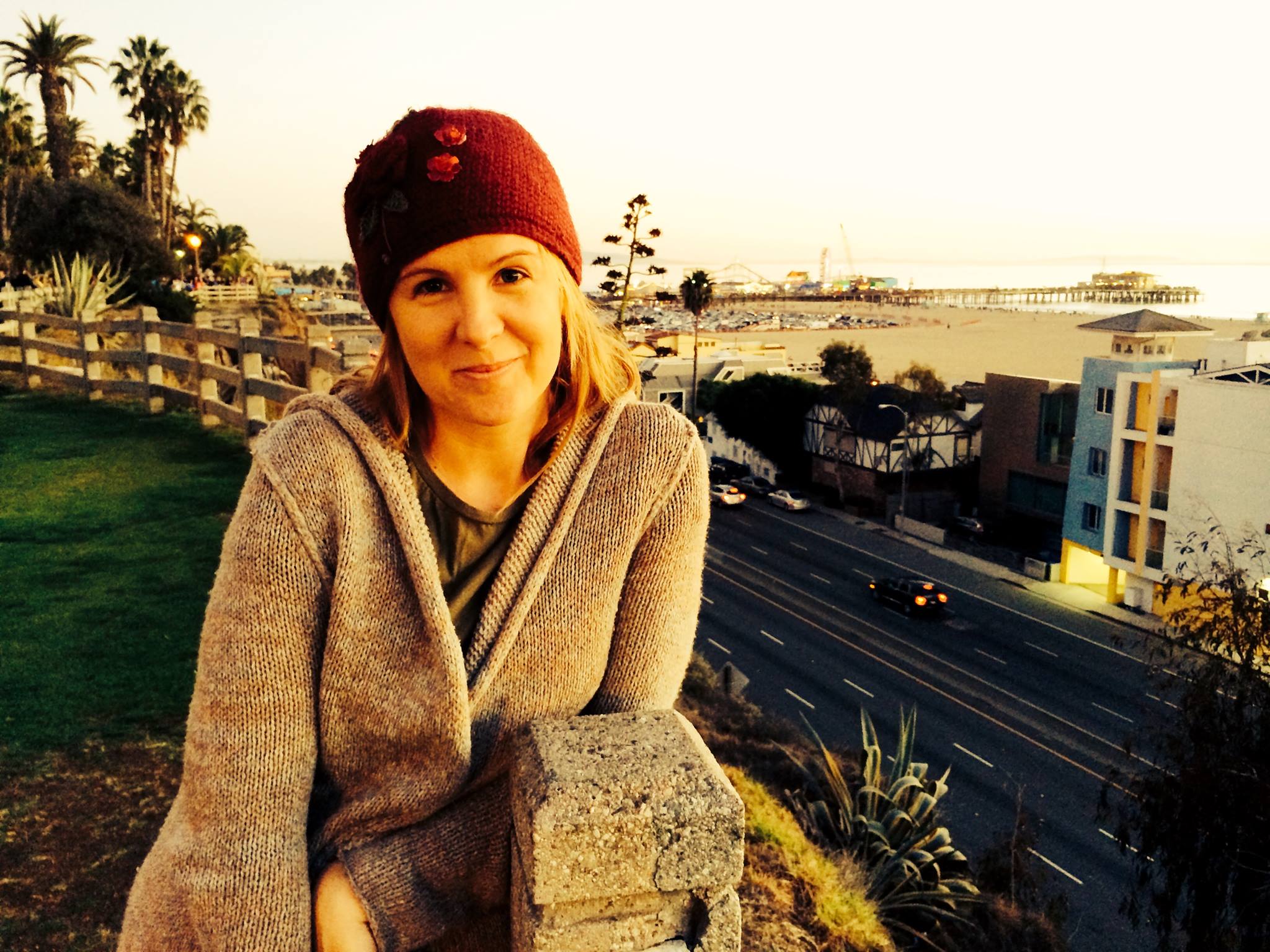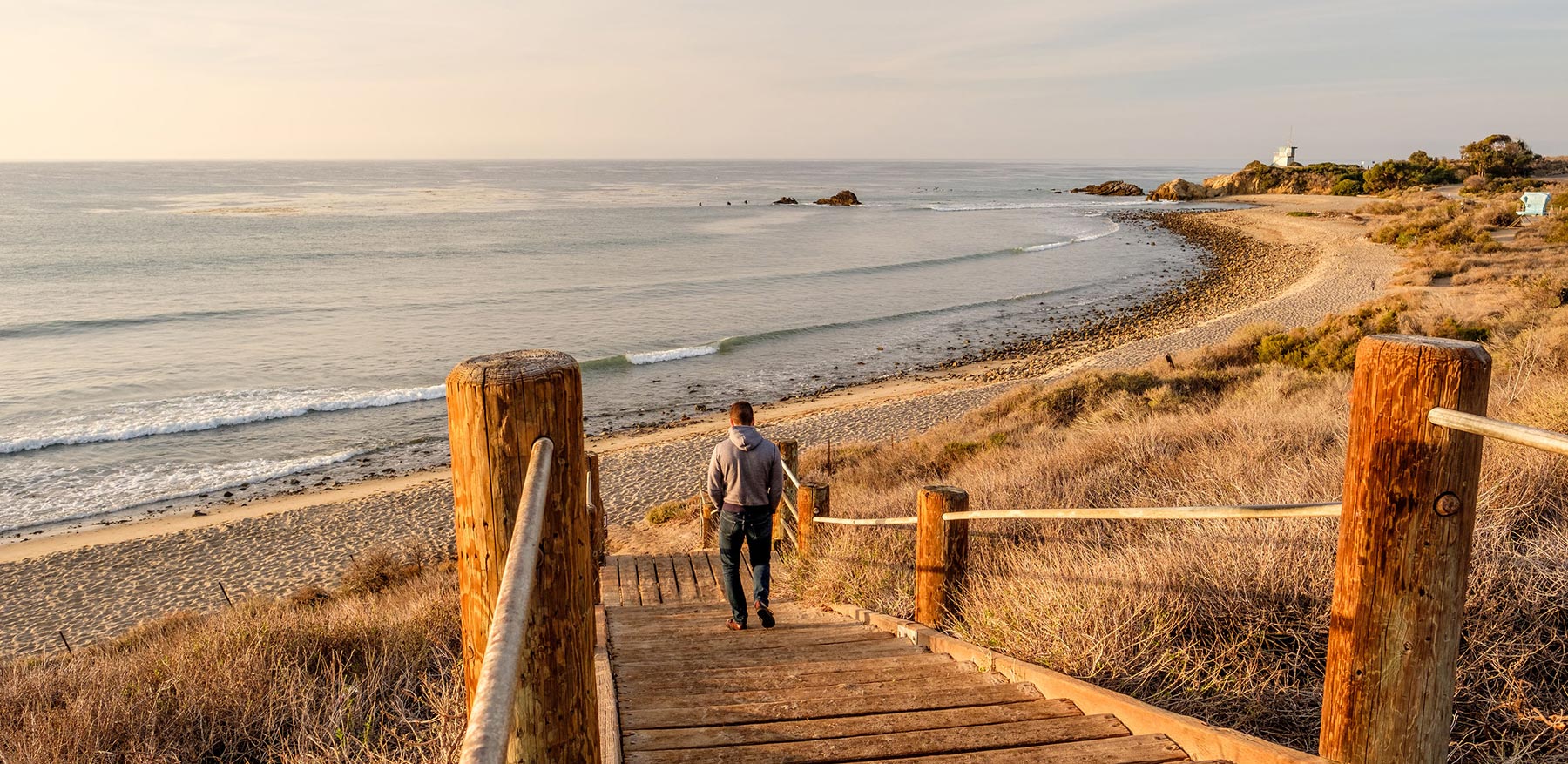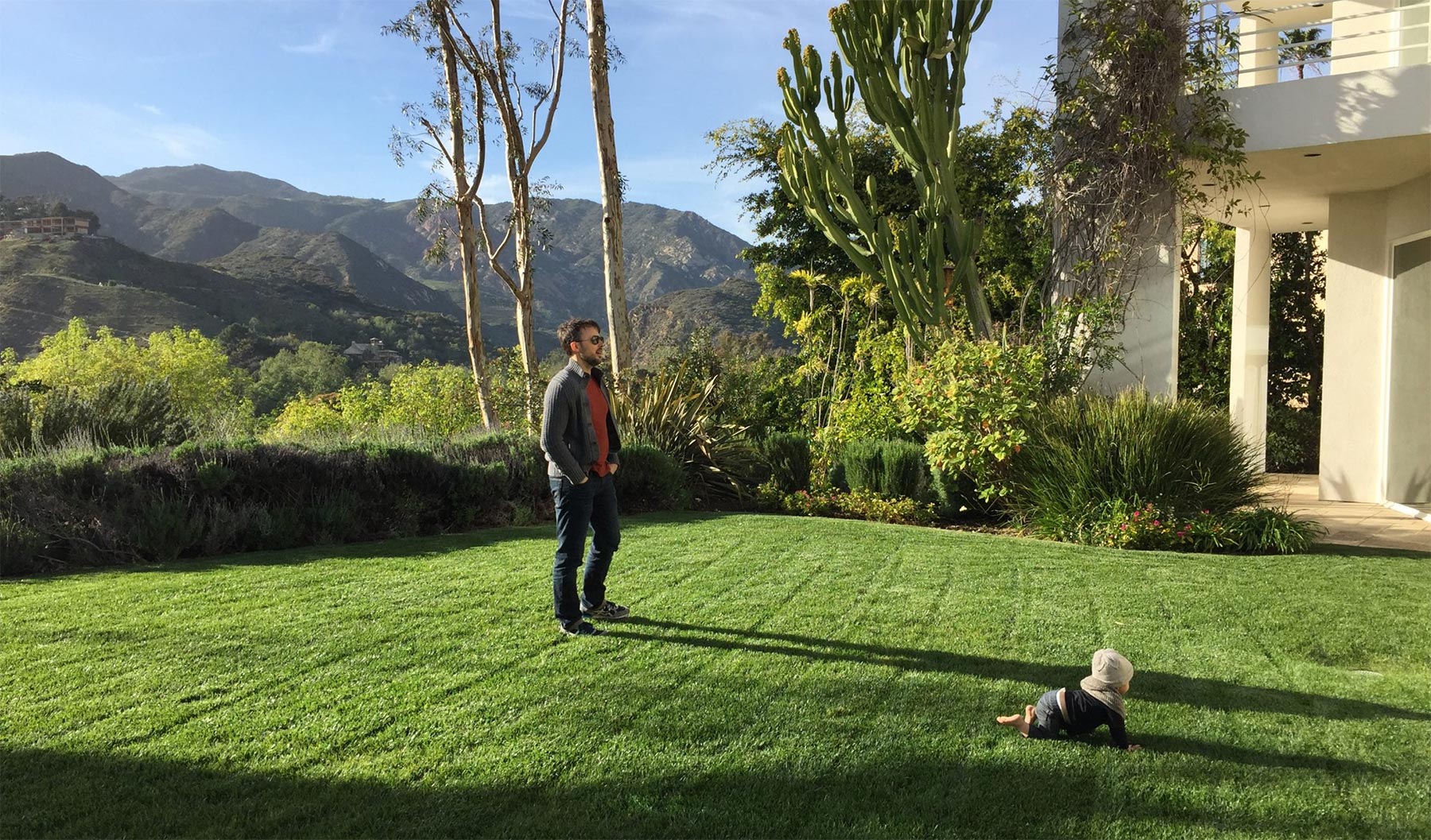Welcome to Part 2 of the What is Hollywood Like series! Here I want to give you a snapshot of my ongoing experience in the entertainment industry. It’s both AMAZING and at times a bit of a sweatshop, with not a lot in between.
First, let’s continue from What’s Hollywood Like Part 1 with geography…
Primary Studio Locations
The Hollywood Studio system is spread all over the place. Paramount is located in Hollywood itself — In fact they take up their own city block right off Melrose. Warner Brothers occupies an enormous plot of land in Burbank. Sony Pictures is found in Culver City (near the old and famous Culver City Studios). Universal Studios is, wait for it, located in Universal City. The list goes on…

City Block Castles
Each of these major studios are small cities surrounded by 40+ foot walls keeping everything inside shielded from the general public. And when they have films or TV shows coming out, they hang massive 30-foot high posters on the sides of the castle walls. It’s actually pretty cool to see.
A Multitude of Smaller Studios
In addition to the major studios, you have a plethora of small studios, film labs, and sound stages sprinkled from the ocean all the way in past Hollywood to the valley. Many actors have their own production companies. Adam Sandler (Happy Madison Productions) operates out of the Sony Pictures lot while Bruce Willis (Cheyenne Enterprises) has a small production company right off Wilshire in Santa Monica.
Film School in Hollywood
Attending film school in Hollywood was a smart decision in my books. Film school is primarily about two things: Teaching students the craft and giving them access to connections. It isn’t about a degree. Hollywood is an industry where they simply don’t care where you were educated. You’re better off being Jerry Bruckheimer’s nephew than going to Harvard.
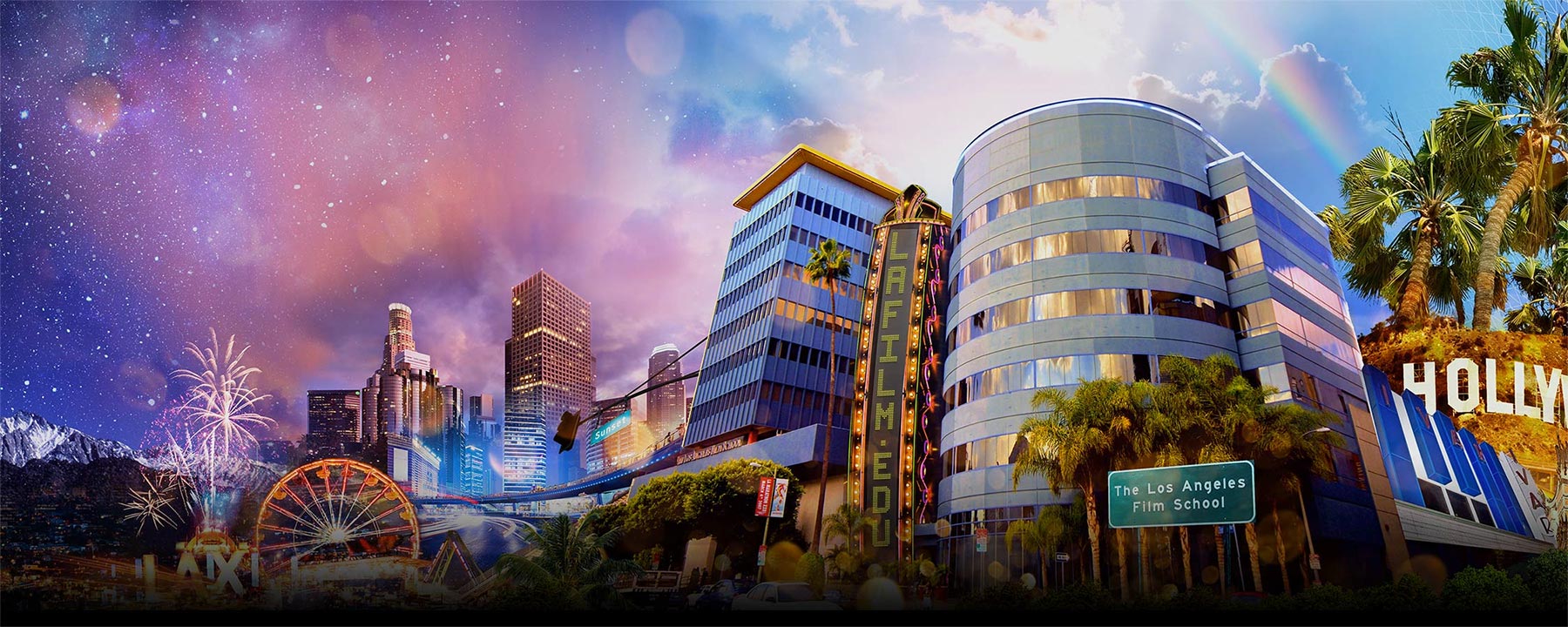
The Los Angeles Film School
I enrolled at LAFS without ever visiting the school. It just sounded like the right move to make. I later learned that sometimes this school is great and sometimes not so great. What makes the difference? The current class of students.
God blessed me with the March 2005 class. Many of us were somewhat older individuals who were serious about becoming filmmakers. We’d given up other careers to pursue the dream of working in Hollywood.
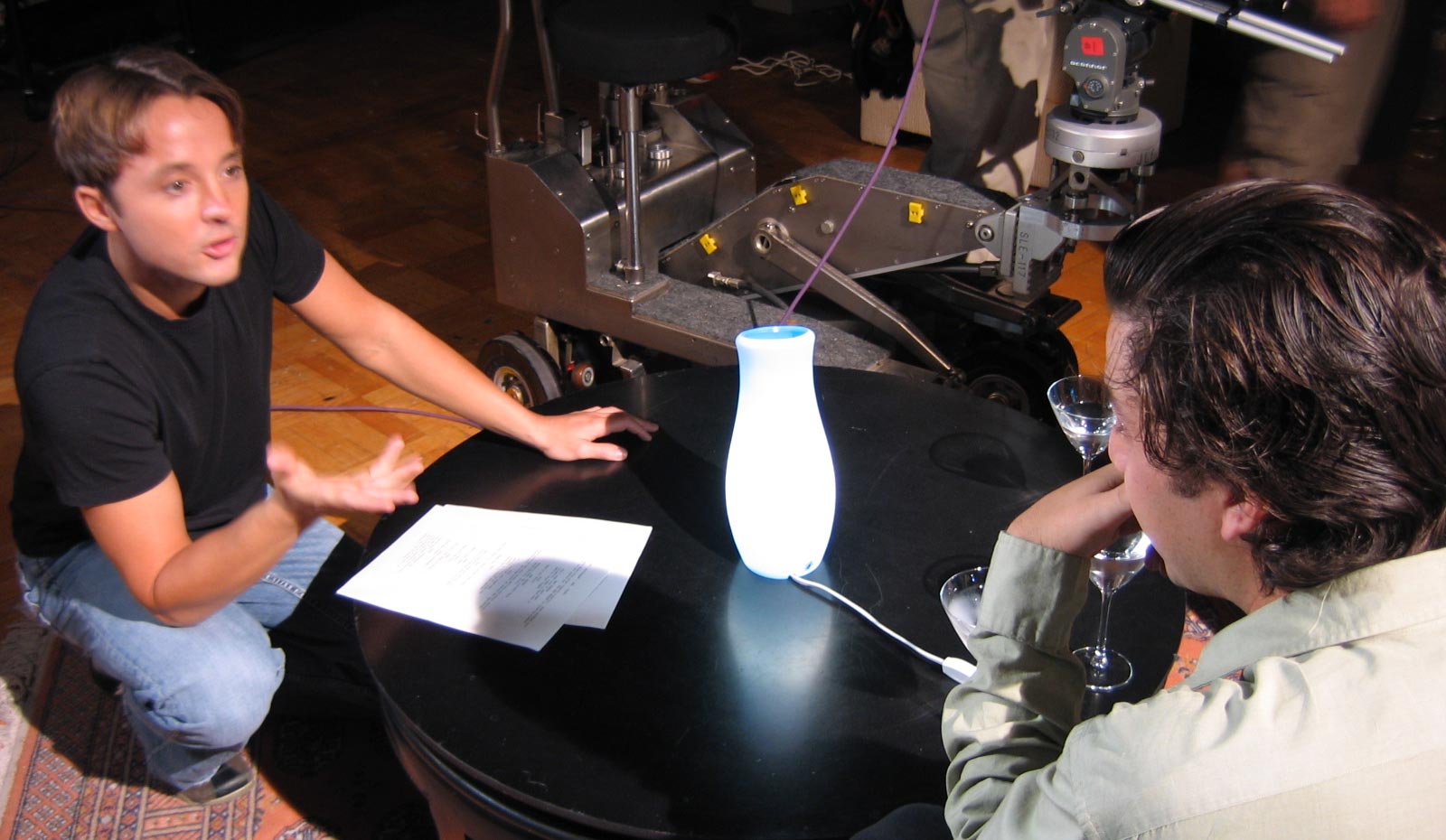
LAFS is right on Sunset in the old RCA building. Elvis recorded in one of our classrooms back in the day. Pretty cool. We had access to tons of cameras, lights, mics, dollies, Avid workstations… you name it and we had it. LAFS also scored a deal with Universal Pictures to allow us to use props from the Universal lot — I’ll never forget seeing full sized raptors. Universal didn’t let us take those.
The Real World of Entertainment
Finding success as an artist is always difficult. Look at Van Gogh — He was dead before becoming famous. Finding success as an artist in Hollywood is definitely an arduous, uphill climb.
Graduation from LAFS left me in LA with two roommates (I slept on the floor), over $60K of school debt and no job. I interviewed at Cheyenne Enterprises for a FREE internship, but there were multiple people willing to work for free, and I couldn’t get that job. I still remember calling Fox, hoping to score an assistant editor job. The receptionist was like, “You know we only hire award winning editors, right?” Click.
Fortunately, a connection made in film school landed me an editorial PA job on Universal’s Let’s Go To Prison. BOOYAH! The film was released in November of 2006 and it was my first experience on a “real” movie production!
If you’re attending film school, I can’t say this enough: Work you brains out and network as much as you can. Take every opportunity that comes your way. One of them will deliver.
Editorial Production Assistant (PA)
Working as a PA doesn’t pay a lot, and getting coffee for people at the age of 30 wasn’t great for my ego. But I wouldn’t trade the experience for ANYTHING.
As an editorial PA I worked primarily for the Post Production Supervisor and the Assistant Editor. And of course anyone else who needed me to do something.
When I was a PA, films were still being shot on film. So I began each day at the lab picking up dailies (yesterday’s footage) for the Assistant Editor, who would then prep it for the Editor. Then I was off on coffee runs, trips to set, drop-offs for the sound designer, composer, executive producer… Oh man! It didn’t stop. Basically continuous driving from Pasadena to Santa Monica and everywhere in between.
The cool thing about working as a PA for editorial is that you’re involved with the filmmaking process from the first day of production until the film completely wraps. You get to meet all kinds of people from actors, to the director, producers, sound mixers — basically anyone and everyone involved. Since you’re part of the film, people are relaxed around you. Will Arnett, for example, is much more serious in real life than portrayed in most of his characters! He was totally chill around me as we talked about how the shooting was going.
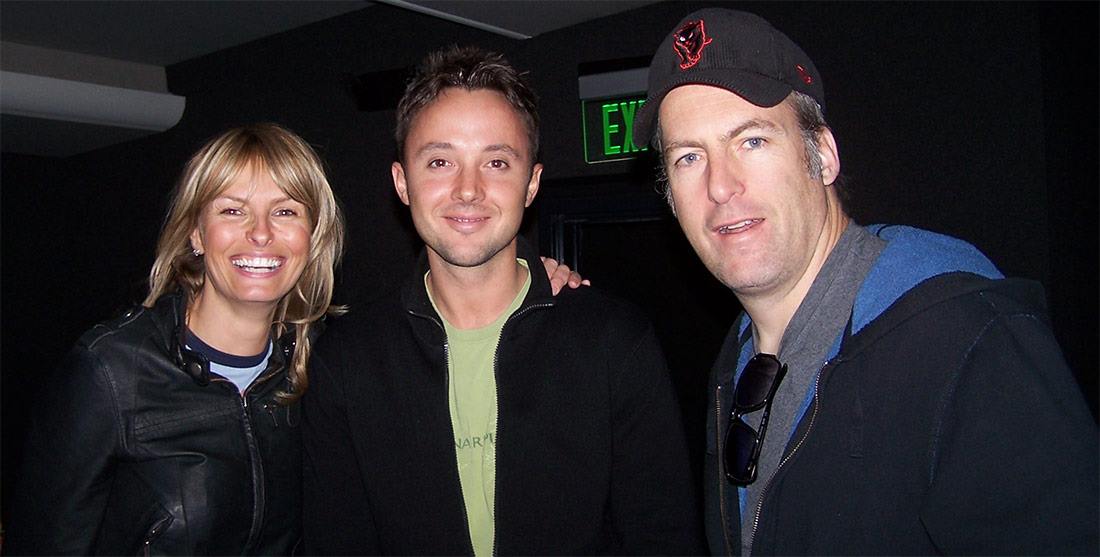
Bob Odenkirk – A Truly Nice Guy
Both of the films I was an editorial PA on (Let’s Go To Prison and The Brothers Solomon) were directed by Bob Odenkirk (The Post, Better Call Saul, Breaking Bad). When you’re the lowest person on the totem pole, you get to see what people are really like. Bob is an extremely patient, kind, humble and dedicated person.
An example? If he walked into editorial and the office water supply was empty (my job) Bob would refill it himself. He’d say “Hey, Kyler” when he walked in, even though I was a nobody. Bob treated me just like he treated everyone else. He drove a Honda Accord even though he could afford something much nicer – He even told me he didn’t see the need for a nicer car. Wait, what? Are we still in Los Angeles?
I definitely left Bob’s films feeling impressed with him as a person. And honestly, this sums up a lot of the people in the industry: They’re creative folks who love story telling. Sure, you have challenging people like Michael Mann and Michael Bay, or others like Weinstein, but these guys don’t represent the norm.
Independent Film
There’s no singular way to work up the ranks in Hollywood. I could have slaved away as an editorial PA and eventually moved up towards editor, but that could take 10+ years easy.
After The Brothers Solomon I decided to bite the bullet and jump into independent film. My Grandad gifted me some money to purchase an Avid setup, and I hit Craigs List in search of my first feature film to edit.
Indie projects don’t pay the bills, so you typically have to work full time and do your creative work for free. I worked full time as a web designer, and then cut films on nights and weekends. As an editor, I worked on three feature length films for a total of $4000 in payment. But guess what? I wouldn’t trade the experience!
Sure, it’s tough slaving away after working full time, but the drive to be a filmmaker keeps you going. And each project you work on lands you a shiny new credit on IMDB, which is the universal Hollywood resume system.
Fast forward to 2019. I worked with some crazy talented directors. The two that helped me the most are Emmy Award Winning John Scoular (Lunatics Lovers & Poets, Paradise Reef) and Alveraz Ricardez who is now an actor (Grace & Frankie, Grey’s Anatomy). After cutting my third feature as an editor, I wanted to be in charge of the story telling. It was time to become a writer.
Life As A Writer
Learning how to tell a story the right way is no easy task. Alveraz (pictured below) patiently schooled me on my first script. He was patience as I was in bad shape back then! In addition to his training, many books like Story, Save the Cat and The Moral Premise helped immensely. The Master Class series from Dan Brown and Aaron Sorkin were also incredible learning tools. And of course the best tool is to actually start writing.
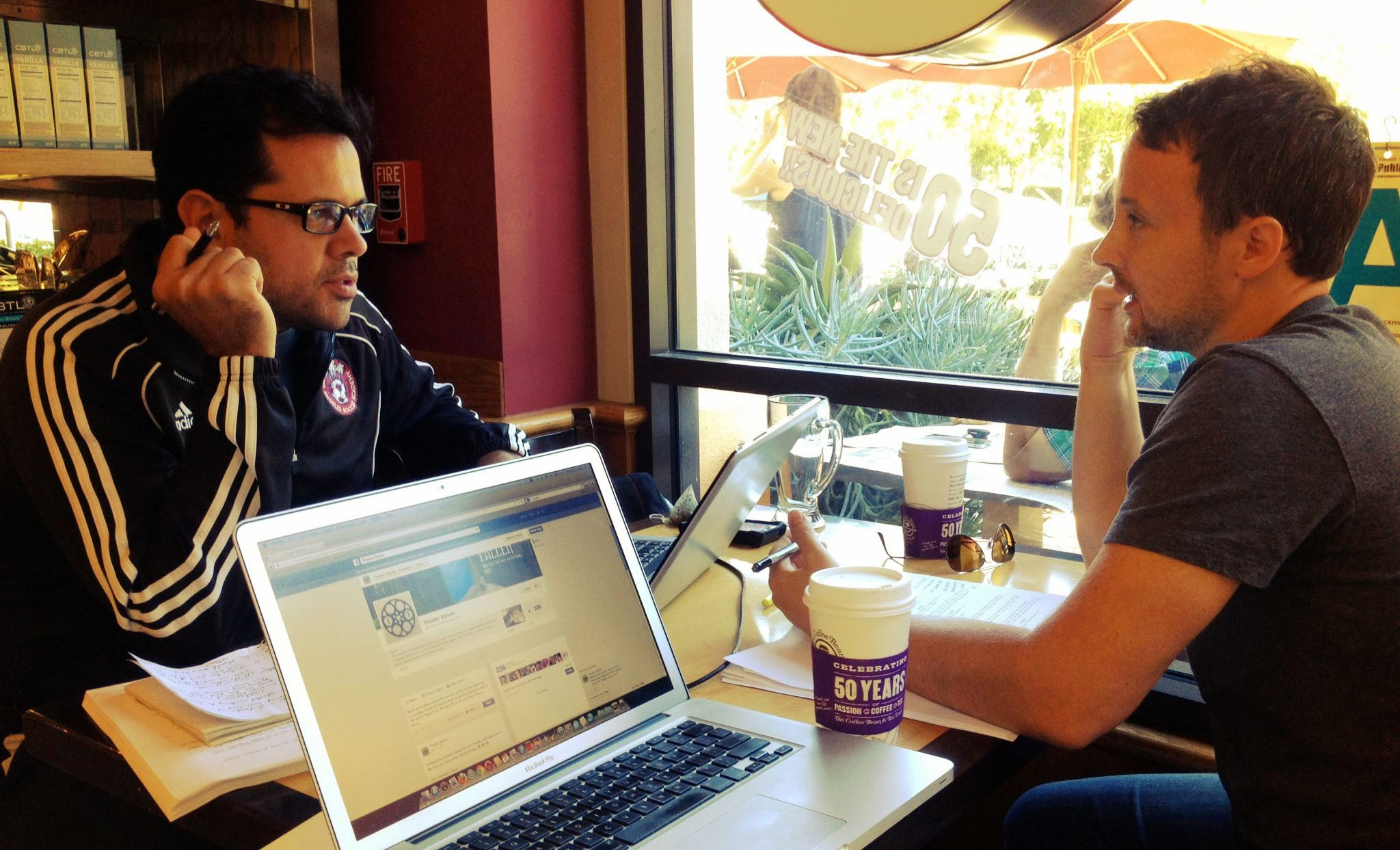
After a few years trying to get script number one “fixed” I decided to move onto the next project: Paradise Strikes. My second script was so much easier to write! Paradise Strikes also made it to the semifinals in a couple screenwriting competitions in 2018. God willing we’ll be shooting it as an independent film on the island of Kauai in the near future!
2019 marks the beginning of script number three. It’s a thriller about evolving technology. Sign up below to stay in the loop!
Hey, thanks for reading about my experiences in Hollywood. There’s much more to say, but that would be more like a book than a blog post. Hopefully this helps clear the fog for anyone interested in the creative industry! If you have any questions, I’m happy to help out. Simply contact me.


